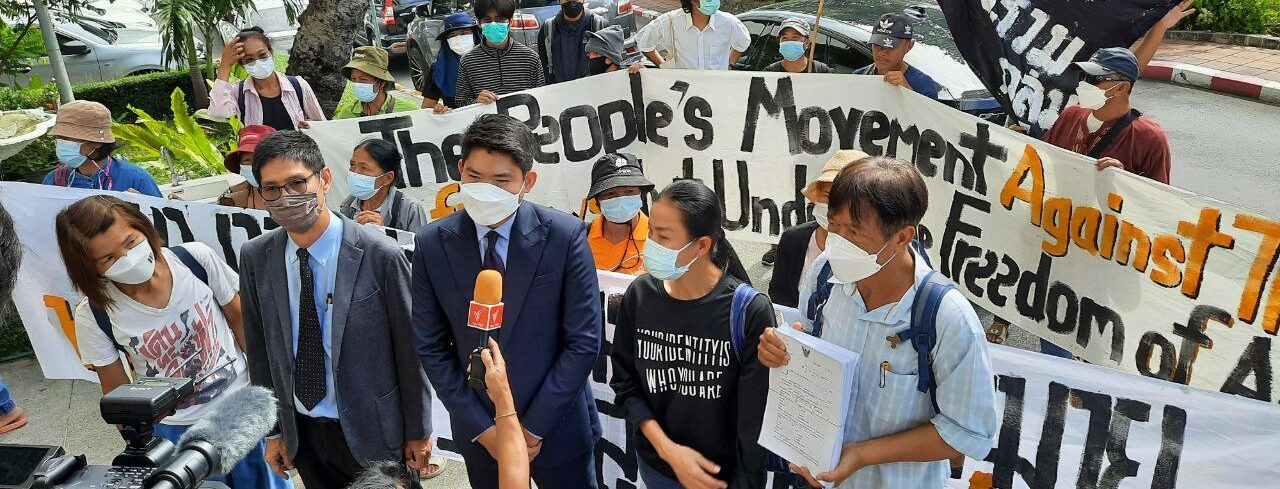Amsterdam Gay Pride is in full swing this week and weekend, and Protection International happily celebrates along with the thousands of AGP participants in their commitment to the emancipation, social, legal, and social equality and acceptance of LGBTI people.
Still, as we walk loud and proud in the canals of Amsterdam, LGBTI individuals in many parts of the world live in fear and even grave danger for going against societal norms of sexual orientation. What’s more, those who fight for equal rights of LGBTI people are often at risk of prosecution by their government, or physical harm.
Below is an account from Audrey Mbugua, a colleague working in Protection International’s Gender Education and Advocacy Programme in Kenya. Her story gives an alarming account and fights against the institutionally permitted physical and emotional abuse of transgender individuals in the country.
Audrey’s story is not exceptional: Protection International works hard in many countries to protect the rights of those fighting for LGBTI rights.
We hope that someday, large celebrations like Amsterdam Gay Pride can occur in places like Kenya too.
For more information, read our manual that focuses on the specific issues and obstacles that LGBTI defenders deal with on a daily basis.
Photo courtesy of Flickr/CharlesRoffey

Transgender Movement in Kenya: A Brief History.
Audrey Mbugua-Gender Education and Advocacy Programme, Kenya
In our vocabulary, the word transgender denotes a state of living in a gender role and identity other than the one assigned at birth or during childhood. Transgenderism/ transsexualism is regarded as a form of “shameful delusion” in Kenyan society. Cross gender identification among biological males is frowned upon unlike cross gender identification among biological females something that rarely raises an eyebrow; in some tribal communities, it is encouraged.
Transgender people face various forms of hostility in Kenya, widely evidenced through media depictions of violent attacks on “poor and hapless” transgender women. The cases vary in gravity but mainly involve violent attacks from members of the public. Cases involve stripping of transgender people in public, arbitrary arrest by police, and charges of public nuisance or as female impersonators being filed. The media treats these cases with incredible sensationalism leaving little room for reflection on the im- implications of such senseless acts on fellow human beings. Kenyan religious-cultural fundamentalism is to blame.
Ingrained, bigoted, and ill-thought opinions don’t take any notice of developments in both the scientific and human rights fields. Developments have always been trashed by the “know-nothings” and “know-little” in the name of the bible and faith fuelled reactions.
4th January 2009 a male adult took his 20-year-old girlfriend to a hotel to consummate their relationship. In the course of heated passion, the man realized his girlfriend was a transgender woman. His reaction caused the management of the hotel and members of the public to break into the room to find out the cause of the alarm. The man narrated his “ordeal”. The members of the public attacked the transgender woman. She was beaten unconscious. The police were alerted, arriving, quicker than usual, and arrested the unconscious transgender woman. They took her to a hospital where she was treated and then to the police station. She was later charged with being a public nuisance and imprisoned for 4 months in a state penitentiary.
Should transgender people reveal the state of their anatomical sex at the beginning of their relationships as public sentiment now suggests? Asking “normal” men and women to reveal the shape and form of their genitalia would be unthinkable why then are our privacy rights constantly the subject of negotiation? We reject these sentiments and consider such an approach to be as threatening as any racist or sexist bigotry.
It’s hard trying to talk some sense into these people. For example, trying to point out that attacking transgender women in an alley is as callous and inhumane as any other attack against another Kenyan is practically impossible. We don’t understand why people think that the way they choose to practice their religious beliefs and the way that practice impacts us should not be subjected to criticism. The impunity surrounding that idea came to an end when these same people decided to mess with our rights.
All is not lost. Silence has been transformed into language and actions. Thinking through the interrelationships between movements for liberation and the need to transform our lives the transgender movement was born. The timing was perfect. It was a time of intensified societal decay, and increased assaults on women, be they biologically female or transgender. A time came when transgender people decided they would cease being at the periphery of life. The year was 2008.
Close ties with the LGB, women, and sex workers communities proved that different forms of oppression were interconnected across the fabric of our lives and bodies. We vowed to work together to liberate ourselves. We have come a long way in challenging both the oppression and seeking justice for such atrocities. At last, we are home.
We don’t have some delusional visions of a future. We anticipate losses in our liberation movement because of hate and extremism however; our desire to move forward requires us to minimize those losses by planning to improve our security and protection.
[This account was taken from Protection International’s Manual for LGBTI Defenders, read more here]


